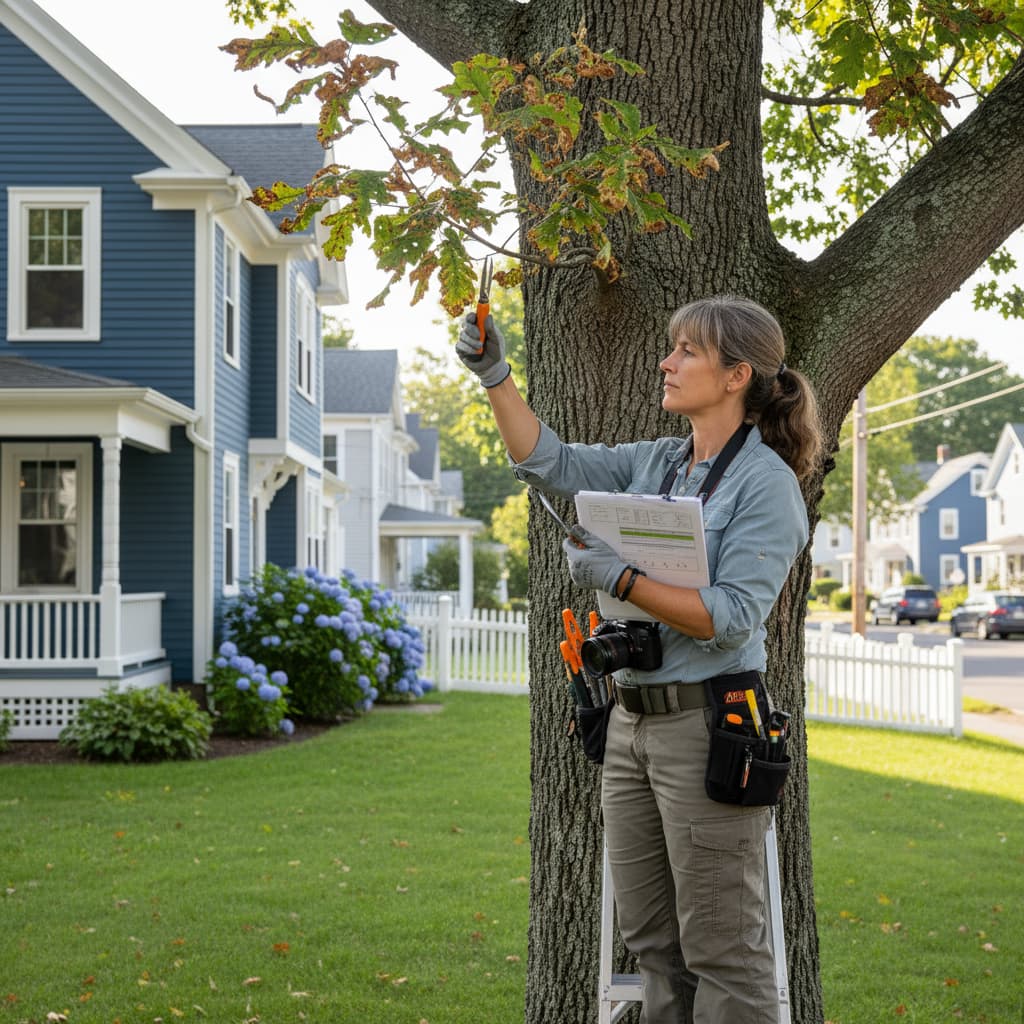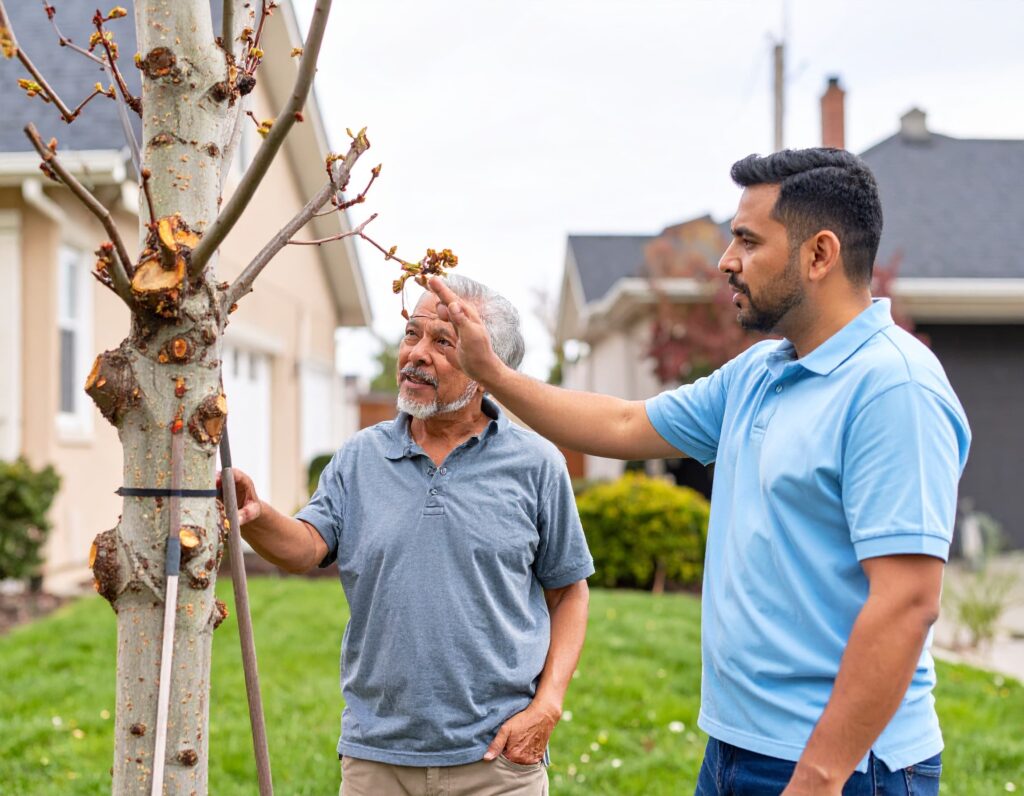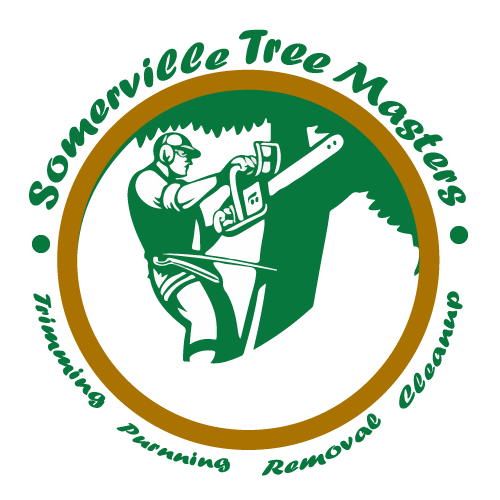Somerville Tree Masters - Frequently Asked Questions
Frequently Asked Questions
Are tree service contractors required to hold special licenses in Massachusetts?
Massachusetts has no mandatory arborist licensing, making it essential to hire tree service contractors with Massachusetts Certified Arborist (MCA) credentials and International Society of Arboriculture (ISA) certification for quality assurance.
Do I need a permit to remove trees on my property in Somerville?
Yes. Somerville’s Tree Preservation Ordinance requires permits for ALL trees on private property larger than 8 inches in diameter at breast height (DBH), regardless of property type or tree condition.
What circumstances justify tree removal approval in Somerville?
Valid reasons include dead, dying, or hazardous trees as determined by the Tree Warden, emergencies requiring immediate safety response, and invasive species removal as designated by city officials.
How can I identify if my tree is dead or deteriorating?
Warning indicators include widespread leaf loss during the growing season, branches that break easily, bark that’s peeling or falling off, fungal growth at the trunk base, and hollow or soft wood when tested.
Must I notify surrounding property owners when removing trees?
While not specifically required by Somerville ordinance, Massachusetts law generally requires neighbor notification for multiple tree removals, and it’s good practice to inform adjacent property owners.
How much does tree removal cost in Somerville?
In Somerville, tree removal pricing varies: smaller trees often cost $400–$700, medium-sized trees $800–$1,800, and larger or risky trees usually start around $2,500.
What does professional stump grinding cost in Somerville?
Stump grinding services typically range from $250-$550 based on stump size, root complexity, and urban accessibility factors common in dense communities like Somerville.
Do chemical stump removers really work?
Chemical treatments may accelerate decomposition but rarely achieve complete removal and can take years to work. Professional mechanical grinding provides immediate, comprehensive results.
What should I do first if a tree falls on my house?
Prioritize safety—evacuate if necessary, document all damage with photographs for insurance purposes, then immediately contact your insurance provider and a licensed tree service company.
Do emergency tree services carry premium pricing?
Yes. Emergency tree removal typically involves premium rates due to urgent response needs, after-hours labor requirements, and increased safety protocols during hazardous conditions
Can I trim branches from my neighbor's tree extending over my property?
Yes, you may trim branches that cross onto your property, but only to the property boundary and without compromising the tree’s health or structural stability.
Who bears responsibility if my neighbor's tree damages my property?
If the tree appeared healthy before damage occurred, your homeowner’s insurance typically covers losses. However, if the tree showed obvious neglect or disease signs, your neighbor may be liable.
Can I remove trees that grow on shared property boundaries?
No. Boundary line trees are considered jointly owned property, requiring written agreement from all affected property owners before removal or major work.
When is the best time to prune trees in Somerville?
Late winter through early spring works best for most species during dormant periods. Flowering trees should be pruned immediately after blooming to preserve next season’s flower production.
Does homeowner's insurance cover tree removal after storms?
Insurance typically covers removal costs when trees damage structures, but may not cover general cleanup of fallen trees causing no property damage.
How long do tree roots take to decompose naturally?
Large root systems may require 5-10 years for complete underground decomposition, depending on soil conditions, moisture levels, and species characteristics.



